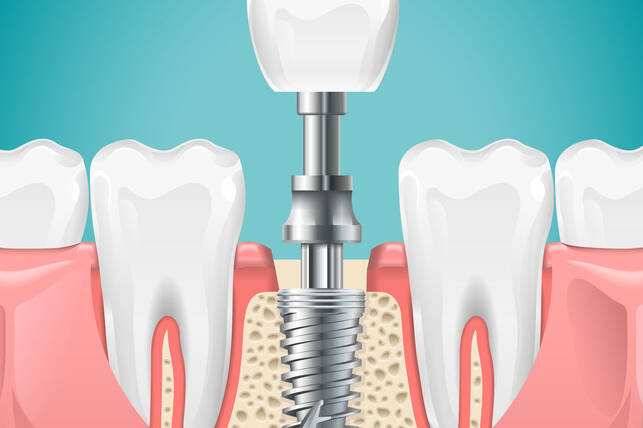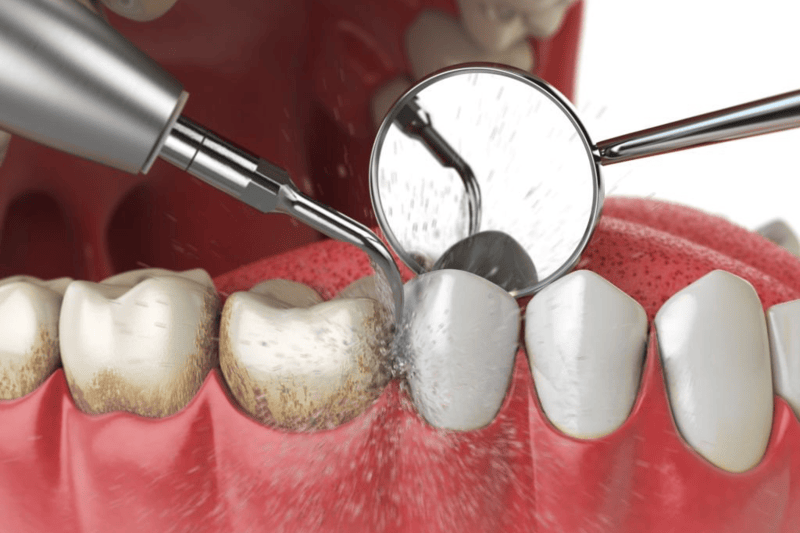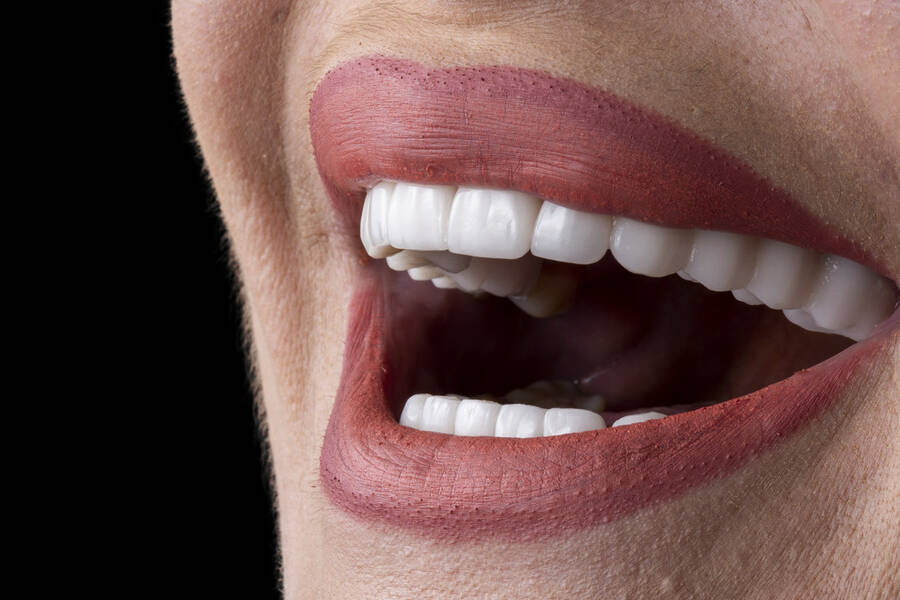Root Canal Therapy
At Allwood Dental in Abbotsford, we are proud to provide Root Canal Therapy (RCT), which is a commonly performed dental procedure. This straightforward treatment can rescue an infected tooth from extraction, eliminating the necessity for dental implants, bridges, or dentures.
Root Canal Therapy
Root canal treatment (RCT) is a treatment sequence for the infected pulp of a tooth that is intended to result in the elimination of infection and the protection of the decontaminated tooth from future microbial invasion.
To understand root canal treatment, it helps to know something about the anatomy of the tooth. The tooth is made up of two layers: a soft tissue called the pulp, which sits beneath the white enamel, and a hard layer called the dentin. The pulp contains blood vessels, nerves, and connective tissue and aids in the construction of the tooth’s surrounding hard tissues during development. The pulp extends from the tooth’s crown to the tip of the roots, where it joins with the root tissues. While the pulp is essential for tooth formation and growth, adult teeth can function without it.
When the pulp, which is the soft tissue inside the root canal, becomes inflamed or infected, root canal treatment becomes necessary. The inflammation or infection can result from various causes, including deep decay, repeated dental procedures on the tooth, or a crack or chip in the tooth. Even if the tooth has no visible chips or cracks, an injury to it can cause pulp damage. If left untreated, pulp inflammation or infection can cause pain or lead to an abscess. Unlike other parts of the body, the pulp tissue is unable to heal and protect itself once exposed and contaminated, which can result in an increase in pain as blood pressure rises in the pulp chamber. If left unaddressed, this can lead to necrosis, infection, and eventually an abscess.
At Allwood Dental, we use one of the most technologically advanced root canal systems available, which allows us to complete the entire root canal treatment in a single appointment, ensuring a more relaxing experience and successful outcomes. At times, due to various reasons including infection or complexity of the tooth anatomy, a second appointment may be required to complete a root canal. We strongly recommend placing a crown on back teeth that have undergone root canal treatment, as the removal of the pulp and blood supply can make the tooth brittle and more susceptible to cracking under heavy bite forces.
Book Appointment
Our Testimonials
Alisha Dhunna
“ Every time I visit, they give me proper attention and advice. I adore how they listen to your dental problems calmly and patiently, providing you with excellent guidance. Dr. Hans and her team are doing a wonderful job. Thank you for our care. ”
Jasbir Hundal
“ Dr. Hans and her staff are very attentive and caring. They explained the procedures thoroughly and made sure I was comfortable throughout the process. ”
Carole Warren
“ Dr. Hans is so kind and patient, an excellent Denist who will take time, think, and do the work correctly. I highly recommend her! She really cares about you. ”
Macleod Tara
“ So I needed a dentist, as a filling fell out. So I went on Google and looked at the reviews.
I’m so thankful I picked Allwood, friendly atmosphere, clean. The wonderful dentist let me know everything she was doing, she made me feel calm, and in a safe place. Her assistant was just as lovely. I’m definitely going back, we’re going to create a plan. Thank you ladies, for a really great experience. ”
Joe C.
“ This place was very good. I got a very friendly greeting when I walked in and I was put at ease. The dentist was gentle and attentive and took the time to honestly answer all of my questions. All of the staff were pleasant and made me feel very comfortable. ”
Debbie Tait
“ This entire office has eliminated my fears of going to the dentist regularly. Things are always explained clearly so the right decision is reached. Everyone has been beyond patient with me! ”
Frequently Asked Questions
If you are experiencing abnormally acute pain, swelling, bleeding, or pus excreting from your gums and teeth, you are most certainly suffering from a dental emergency and should contact your dentist immediately. Loose, fractured, or knocked-out teeth are another indicator of a dental emergency.
Call your dentist immediately and schedule an appointment within the hour. The sooner you get to see your dentist, the higher the chances that they’ll be able to recover your tooth and fix the issue.
Take good care of your teeth and follow appropriate oral hygiene habits, such as brushing twice a day and flossing every night before bed. Likewise, if you participate in any high-contact activities, you should protect your teeth by wearing a mouthguard and a helmet.
If you crack or break a tooth, try to collect as many of the shattered bits as you can and wrap them in a clean, moist cloth. Make an immediate call to your Abbotsford urgent care dental office. The sooner you schedule an appointment, the sooner they can restore your injured tooth.
Don’t be alarmed if one of your permanent teeth comes out. The first step is to gently rinse the teeth in lukewarm salt water to clean it. DO NOT touch the tooth by the root under any circumstances since this will harm any tissues that reside there, making it hard for your emergency dentist to reconnect the tooth to the socket. Contact your nearest Abbotsford emergency dental facility and make an appointment right now. Meanwhile, keep the tooth moist by placing it between your cheek and jaw. If that isn’t a possibility, put it in a jar of saline solution or milk until you can get to the dentist.
Take an anti-inflammatory medication such as Ibuprofen. Avoid Aspirin because it contains ingredients that will thin your blood and thus exacerbate the situation.









